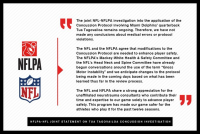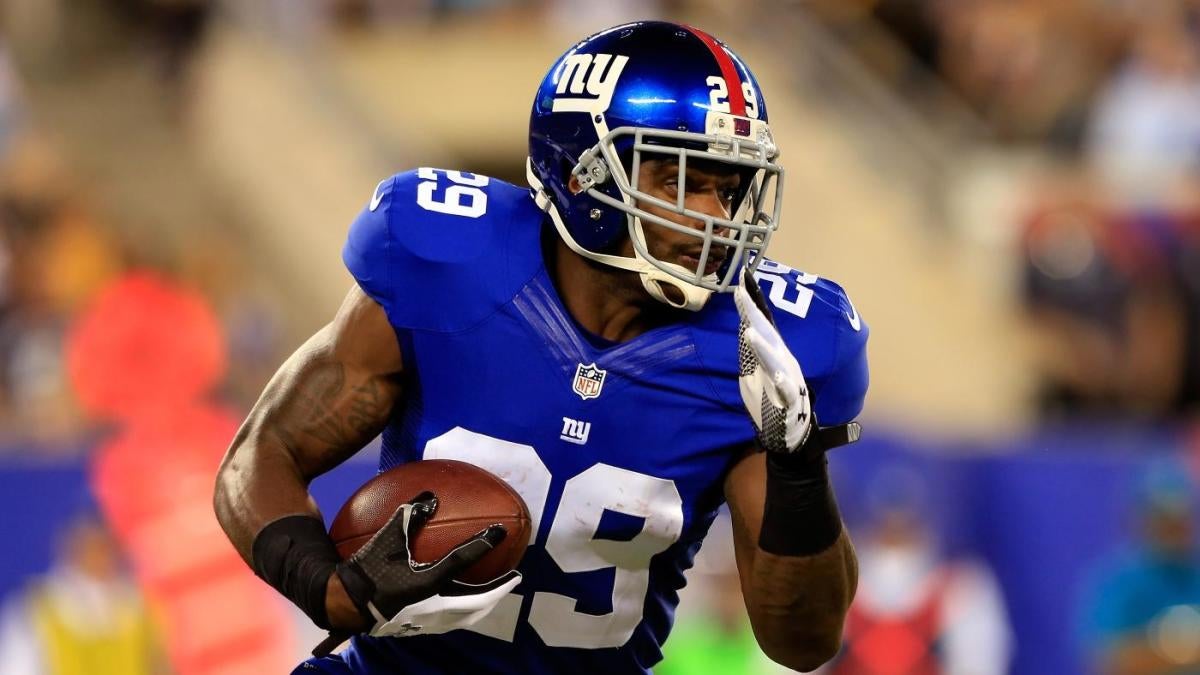Something I am not hearing anything about in the discussions of the implications of not acting on a potential and most likely scenario that Tua's Sunday event was in fact a concussion, is..............a 2nd concussion (Thursday) just a few days after an original concussion (Sunday) can be devastating. If healing from a first concussion is not complete, it places the player at increased risk to suffer a much more serious concussion, with even a mild head trauma.............death from such disregard is well-documented in the medical literature. There is very good reason why the NFL must be forced to thoroughly and honestly investigate the Tua situation, and hold all those responsible for the involved decisions.
Tua's Fencers Response was a clear indication that there was trauma to his brainstem. Why is this especially concerning? The brainstem is responsible for most vital functions of life, such as breathing, consciousness, blood pressure, heart rate, and sleep. It should be readily apparent what the implications of altering or even "turning off" any of these functions due to trauma could be.
All levels of football must strive to avoid “second impact syndrome”
Posted by Mike Florio on October 1, 2022, 10:58 AM EDT
Apart from the potential long-term effects of suffering two concussions in a short period of time, there’s a much more important short-term concern that arises from the possibility of a player suffering a concussion before he has recovered from a prior one.
The phenomenon is known as “second impact syndrome.” That term was trending on Thursday night, after Dolphins quarterback
Tua Tagovailoa suffered an obvious head injury against the Bengals. If he had suffered a concussion on Sunday that had not yet fully resolved itself, he could have experienced second impact syndrome.
Here’s an explanation of the condition, from the National Library of Medicine: “The generally accepted cause relates to sustaining a second concussion before the brain has a chance to recover from the initial insult fully. The athlete will rapidly develop altered mental status and a loss of consciousness within seconds to minutes of the second hit resulting in catastrophic neurological injury. The catastrophic injury results from the dysfunctional cerebral blood flow autoregulation leading to an increase in intracranial pressure. The pressure rapidly develops and eventually results in brain herniation. The herniation may occur either medially across the falx cerebri or inferiorly through the foramen magnum, resulting in brain stem injury and rapid deterioration and leading to death within 2 to 5 minutes.”
The term was
coined in 1984, after a football player suffered a head injury, returned to play again four days later, suffered another head injury, collapsed, and died.
The NFL has never experienced a player dying on the field from a head injury. In August 2001, Korey Stringer died due to heat exhaustion at training camp. In October 1971, Chuck Hughes
died during a game, from a heart ailment.
In 2009, not long before Congress forced a concussion epiphany upon the NFL, quarterback Carson Palmer predicted that
someone will eventually die on the field.
“Everyone talks about the good old days, when guys were tough and quarterbacks got crushed all the time,” Palmer said, “but back in the day, there weren’t defensive ends that were Mario Williams — 6-7, 300 pounds, 10 percent body fat, running a 4.7 40
Although the NFL has avoided an on-field fatality due to head trauma, high school players die every year. Last month alone, at least two died: Xavier McClain
in New Jersey, and Yahir Cancino
in Texas.
In 2009, the state of Washington enacted the first law aimed at protecting high school players from suffering a second head injury before the first one healed. The
NFL was instrumental in getting all states to adopt similar legislation named for Zachary Lystedt, who experienced a catastrophic brain injury after two head injuries in the same game.
The NFL’s obvious goal is to prevent second impact syndrome. That’s why the investigation regarding Tagovailoa’s return to play on Sunday after displaying gross motor instability has become so important. The loophole that allowed doctors to clear Tagovailoa could lead, in the wrong set of circumstances, to the worst-case scenario for the player.
It’s critical that the NFL get this right. There’s no hope for lower levels of the sport ever fully and properly protecting football players if the NFL can’t. (Even if the NFL can figure it out, the lower levels remain woefully behind the curve.)
The easiest fix, in the aftermath of the Tagovailoa controversy, would be to immediately make gross motor instability a “no go,” with
no exceptions or loopholes. We’ve asked the league whether that change will be made before Sunday’s games. Hopefully, it will be.
If a player who has shown obvious wobbling can be cleared to return to an NFL game, he can be cleared to return to a high-school game, too. The sooner the NFL sends a loud and clear message that what we all saw last Sunday should never happen at any level of football, the message will be received by every level of football.








